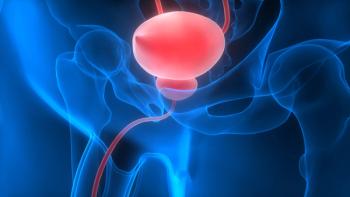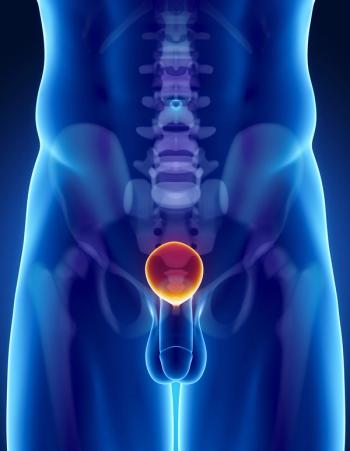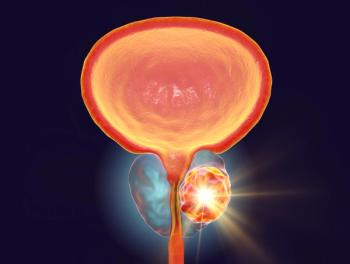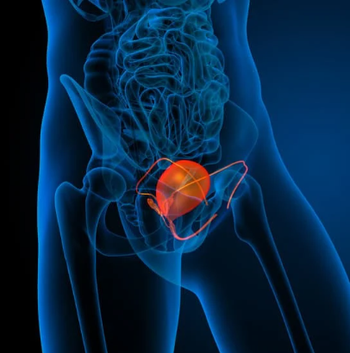
- ONCOLOGY Vol 16 No 9
- Volume 16
- Issue 9
Bayer and Us Too! Collaborate on Support for Advanced Prostate Cancer Patients
The Bayer Corporation recently announced that it has teamed up with Us Too! International to offer Continuous Care, a program for advanced prostate cancer patients using the leuprolide acetate implant (Viadur). The program provides appointment reminders, education, support materials, and valuable health coupons.
The Bayer Corporationrecentlyannounced that it has teamedup with Us Too! International to offer Continuous Care, a program for advancedprostate cancer patients using the leuprolide acetate implant (Viadur). Theprogram provides appointment reminders, education, support materials, andvaluable health coupons.
"Us Too! encourages voluntary programs (such as Bayer’sContinuous Care program) that seek to disseminate information and provideongoing support to those affected by prostate cancer," said John A. Page,fhimss, president and CEO, Us Too!. "We appreciate the opportunity to workwith a company so dedicated to men’s health, and look forward to continuingour commitment to meeting the needs of prostate cancer patients and theirfamilies."
Annual Implantation
"Because the annual implantation of Viadur is just oneaspect of a comprehensive approach to patient management, Continuous Care offerspatients year-long support and education and helps them stay on track with theirtreatment program," said Nancy Bryan, vice president, Bayer Men’s Health."And with the help of Us Too!, we will further enhance patient support,thereby strengthening our commitment to help those with advanced prostatecancer."
The implant delivers a continuous 12-month infusion ofleuprolide, which is a luteinizing hormone-releasing hormone (LHRH) agonist, topatients with advanced prostate cancer. More information about the implant andits mechanism of action can be found at http://viadur.com.
The most common systemic side effects associated with the use of theleuprolide implant include hot flashes (67.9%), asthenia (7.6%), gynecomastia(6.9%), depression (5.3%), and sweating (5.3%). The most common local sideeffects are bruising (34.6%) and burning (5.6%).
Articles in this issue
over 23 years ago
The Molecular Basis of Cancer, 2nd Editionover 23 years ago
Management of Anemia in Patients With Cancerover 23 years ago
Commonly Used Quality of Life and Symptom Measurement Scalesover 23 years ago
Iron and the Anemia of Chronic Diseaseover 23 years ago
Recombinant Human Erythropoietin in Cancer-Related Anemiaover 23 years ago
When Is it Justified to Treat Symptoms? Measuring Symptom BurdenNewsletter
Stay up to date on recent advances in the multidisciplinary approach to cancer.

















































































